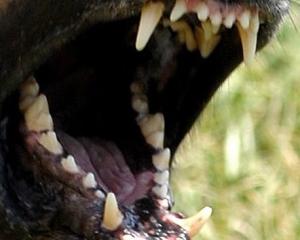
If it reaches such a hefty price in the one-lot sale, the one-inch by one-and-a-quarter-inches stamp (2.5 cm by 3.2 cm) printed in black on magenta paper will be the most valuable object by weight and size, according to the auction house.
"It has always been the world's most famous stamp. It is one of these objects around which a huge mystique has grown up over the years," said David Redden, the worldwide chairman of books and manuscripts at Sotheby's.
"It has a good story. It was discovered by a 12-year-old schoolboy," he added in an interview. "It's unique and is the only stamp of its kind that has survived."
The record auction price for a single stamp is 2.87 million Swiss francs (about $US2.2 million). It was set in 1996 for the Treskilling Yellow. The Swedish stamp is a misprint of an 1855 shilling stamp in the wrong color.
The British Guiana stamp is being sold by the estate of the late multimillionaire John du Pont, an heir to the du Pont chemical fortune who died in prison in 2010 at the age of 72. Du Pont was serving a murder sentence for the shooting of David Schultz, a champion U.S. wrestler, in 1996.
Earlier this year, the Royal Philatelic Society of London re-authenticated the stamp, which avid stamp collector du Pont purchased in 1980 for $US935,000. The stamp's authenticity was previously verified in 1935.
The British Guiana One-Cent Magenta is one of the first stamps in the world. In 1856 in British Guiana, now called the Republic of Guyana, the local postmaster asked a newspaper to print some stamps after supplies from Britain, where its stamps were printed, were delayed.
There are still a few four-cent stamps issued by the South American country, but this is the only one-cent. Until this year the stamp had not been on public view since 1987, according to Sotheby's.
The stamp was discovered in 1873 by a 12-year-old schoolboy named L. Vernon Vaughan, who was living in British Guiana with his family. He found it among his family papers.
He kept it in his collection and later sold it to another collector in British Guiana. It surfaced in Britain in 1878 and was then purchased by Count Philippe la Renotiere von Ferrary, a noted stamp collector.
The count's collection was donated to the postal museum in Berlin and was later seized by France as war reparation from Germany and sold in 1922.
It was sold several times before du Pont purchased it. Part of the proceeds of the sale will go to the Eurasian Pacific Wildlife Conservation Foundation, which DuPont supported.












